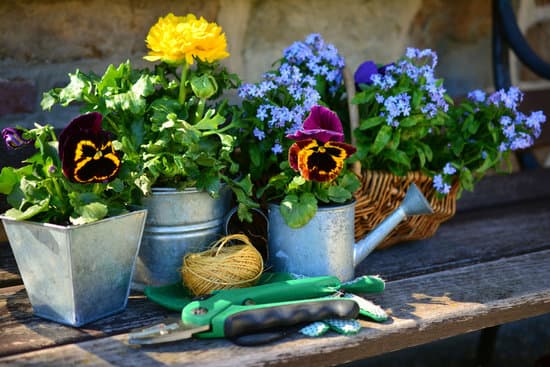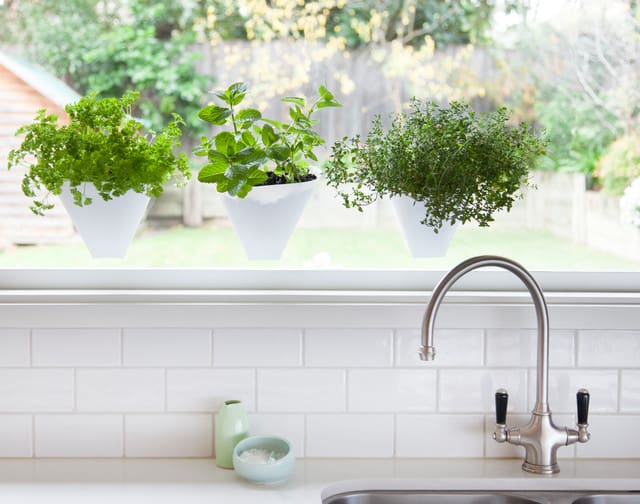
February 26, 2020 | Gardening
Get a Head Start on Planning Your Garden Even if It’s Snowing
Winter gardening advice always includes going through gardening catalogs and deciding what plants you want to grow in the coming year. That’s a great start, but why not take it a step further? Winter is a good time to review what worked and what didn’t in your garden during the previous year, whether it’s the bare spot after the bulbs died back or the vegetables no one ate. Maybe there’s something you loved growing, but it was simply in the wrong spot.
The good thing about this exercise is that you don’t even need to go outside, so any snow still covering your landscape doesn’t matter. In fact, a somewhat barren winter garden will let you see the actual structure of the space and how it flows. It also means that when you do start ordering plants, heading to the nursery or working with a landscape designer, you’ll have a much better idea of what you need and want.
Did Your Vegetable Garden Thrive?
If your garden fizzled, what went wrong? Was it location, too little or too much water, or just the luck of the weather?
This year plant more favorites and experiment with some new additions (and don’t feel guilty about jettisoning the turnips that no one would eat).
Is Your irrigation Working as Well as It Could Be?
Whether you have a completely automated irrigation system or water by hand, think about ways you can make your watering more efficient. Do you need to adjust the sprinklers or install a rain-sensitive monitor so you don’t water during a rainstorm? Would a drip system or a series of sprinklers cut down on your watering time? Are rain barrels, greywater capture systems or even methods like losing part of your lawn in your future?
What Would Make Things Easier?
What were the annoyances you encountered again and again during the past year? Did you hate having to wander out behind the garage every time you wanted to pick something to eat? Was it impossible to transplant potted plants into larger containers?
To make it easier to harvest edibles, see if there’s a good growing space near the kitchen or barbecue (don’t overlook a front or side yard). Or maybe convert low-growing edible beds to raised beds.
How Can You Improve Your Garden’s Aesthetics?
Garden tools, bags of soil, extra pots and irrigation supplies are necessary but not necessarily fun to look at. Look at ways to store all this garden paraphernalia so it’s handy but not an eyesore.
This garden shed has wall-mounted hooks to keep tools organized in an artistic way.













Were Your Plants Growing in the Right Place?
Did any plants struggle? Trying to grow sun-loving plants in shade, or vice versa, leads only to frustration for you and the plant. Match plants to your garden’s microclimates, even if this means moving some to new locations.